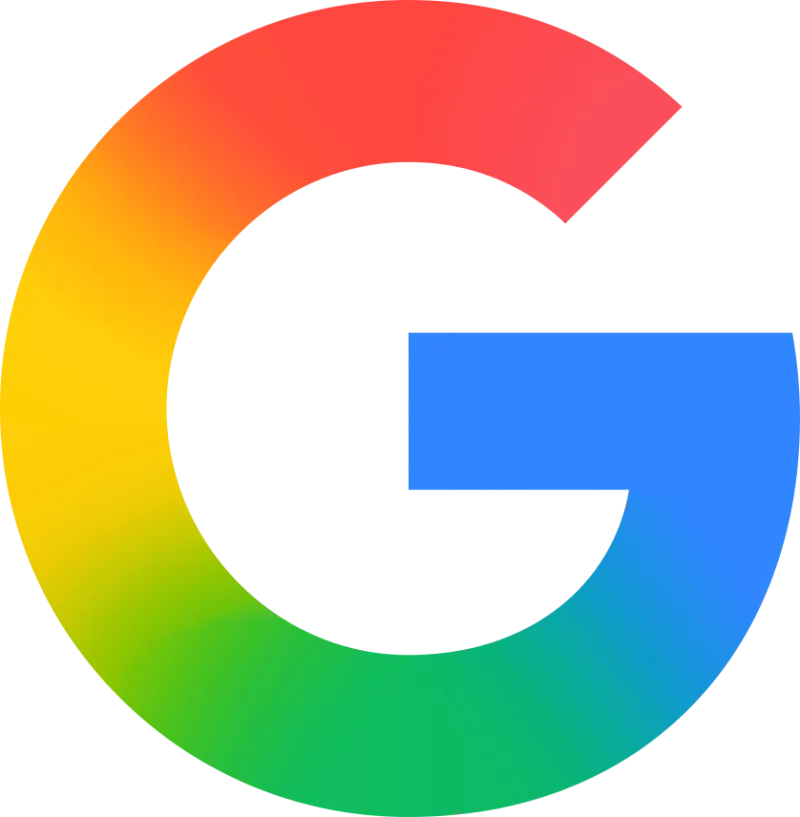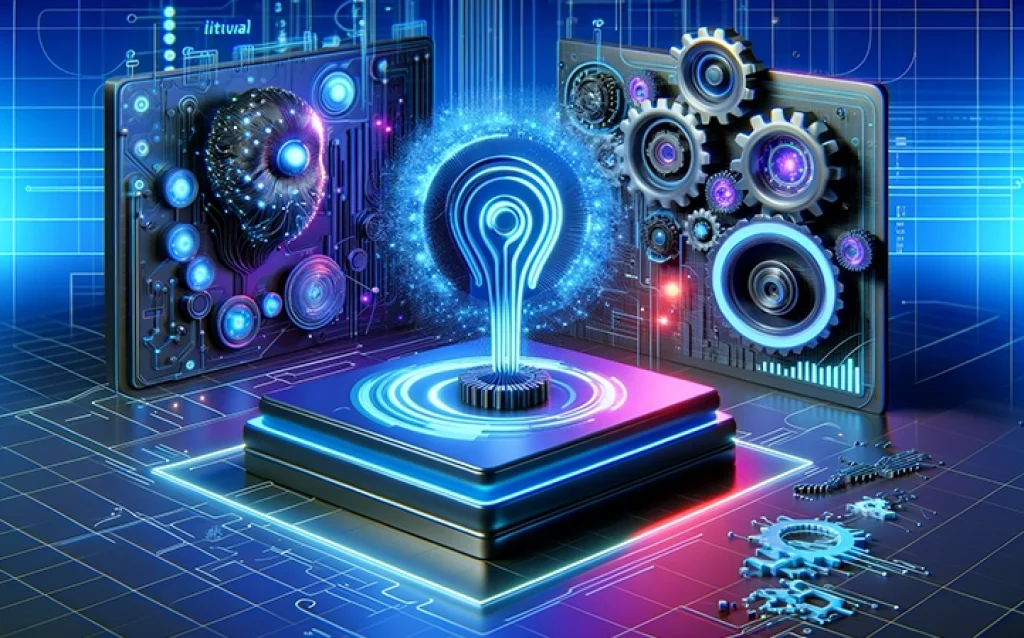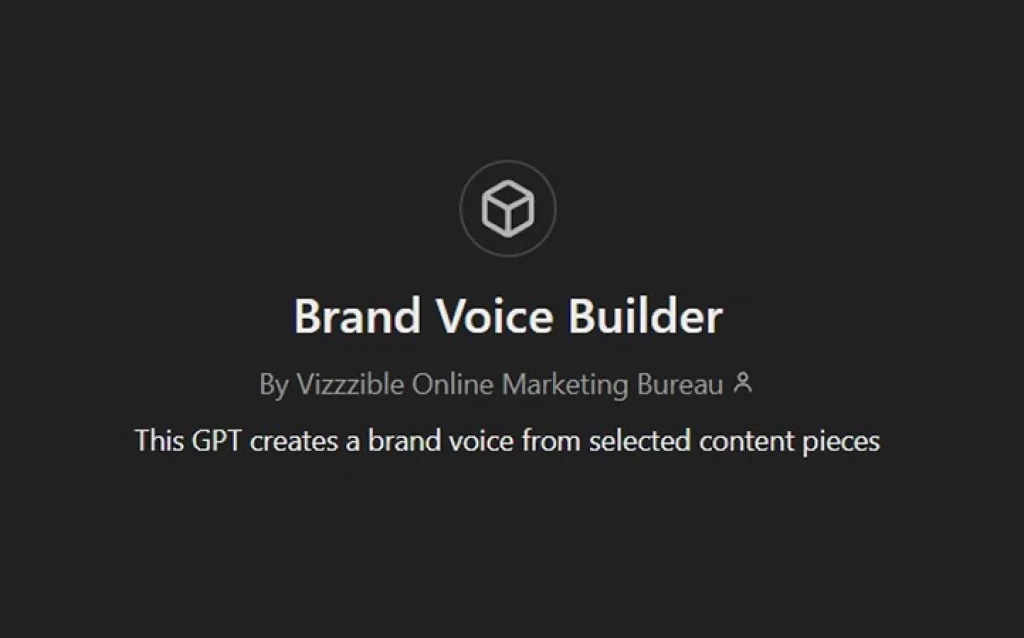Google uses a web crawler called Googlebot to discover, crawl, and index web pages across the internet. Googlebot is an automated software program that systematically browses websites by following links from one page to another, collecting information about each page it visits. This sophisticated crawler comes in several variants, including desktop and mobile versions, each designed to simulate how different users experience websites. Understanding how Googlebot works is essential for anyone involved in digital marketing or website management, as it directly impacts how your content appears in Google’s search results.
Understanding Google’s web crawling technology
Web crawlers are the backbone of modern search engines, acting as digital explorers that navigate the vast expanse of the internet. These automated programs, also known as spiders or bots, systematically visit websites to discover new content and update information about existing pages. Think of them as tireless librarians who constantly catalogue every book in an ever-expanding library.
Google’s approach to web crawling involves sophisticated algorithms that determine which pages to visit, how often to visit them, and how deeply to explore each website. The process begins when the crawler discovers a URL, either through a sitemap submission, a link from another page, or direct submission through Google Search Console. Once a page is discovered, Google’s crawler analyses its content, follows links to other pages, and stores this information in Google’s massive index.
For website owners and SEO professionals, understanding Google’s crawler is crucial because it directly affects your site’s visibility in search results. If Googlebot can’t properly crawl your website, your content won’t appear in search results, regardless of how valuable or well-optimised it might be. This makes crawl optimization a fundamental aspect of any successful SEO strategy. You can learn how to audit your content to ensure it meets crawling standards and maximises your chances of ranking well.
What is the name of Google’s web crawler?
Google’s primary web crawler is called Googlebot, a name that has become synonymous with search engine crawling in the digital marketing world. This automated program serves as Google’s eyes and ears on the web, constantly discovering and analysing web pages to build and maintain Google’s search index.
The term ‘Googlebot’ actually encompasses several different crawler versions, each tailored for specific purposes. While many people refer to Googlebot as a single entity, it’s more accurate to think of it as a family of crawlers working together. The main Googlebot crawlers include the desktop version, which simulates a desktop browser experience, and the smartphone version, which mimics how mobile users interact with websites.
When Googlebot visits a website, it identifies itself through specific user agent strings. These identification markers tell website servers exactly which version of Googlebot is making the request. For example, the desktop Googlebot might identify itself as “Mozilla/5.0 (compatible; Googlebot/2.1; +http://www.google.com/bot.)”, while the smartphone version uses a different string that includes mobile device information. Understanding these user agents helps website owners track crawler activity and optimise their sites accordingly.
How does Googlebot work to crawl websites?
Googlebot follows a systematic process when crawling websites, starting with a list of URLs from previous crawls and sitemaps provided by webmasters. The crawler begins by fetching a page and analysing its content, including text, images, and links. It then adds any discovered links to its queue of pages to visit, creating an ever-expanding web of interconnected content.
The concept of crawl budget plays a crucial role in how Googlebot operates. Each website receives a certain amount of crawling resources based on factors like site popularity, update frequency, and server performance. Googlebot must balance its crawling activities to avoid overwhelming website servers while ensuring important content gets indexed promptly. This is where understanding modern SEO techniques and AI integration becomes valuable for optimising your crawl budget.
Before crawling any page, Googlebot checks the website’s robots.txt file, which acts as a set of instructions for crawlers. This file tells Googlebot which pages or sections of the site should not be crawled. The crawler also considers factors like:
- Page load speed and server response times
- The frequency of content updates
- Internal linking structure and sitemap organisation
- Mobile-friendliness and responsive design elements
- The presence of duplicate content or redirect chains
Googlebot determines crawl frequency based on how often content changes and the perceived importance of the page. News websites might be crawled multiple times per day, while static pages might only be revisited every few weeks. The crawler also follows a crawl depth strategy, deciding how many clicks deep into a website it should explore from the homepage.
What are the different types of Googlebot crawlers?
Google employs several specialised Googlebot variants, each designed to handle specific types of content and user experiences. Understanding these different crawlers helps website owners optimise their content for various search features and ensure comprehensive indexing across all content types.
Googlebot Desktop simulates how users on desktop computers experience websites. This crawler uses a Chrome-based rendering engine to understand JavaScript-heavy sites and modern web applications. It’s the primary crawler for most traditional web content and evaluates factors like page layout, navigation structure, and desktop-specific features.
Googlebot Smartphone has become increasingly important as mobile search dominates user behaviour. This crawler specifically evaluates mobile user experience, checking for responsive design, touch-friendly navigation, and mobile page speed. With Google’s mobile-first indexing approach, this crawler often takes precedence in determining search rankings.
Specialised crawlers handle specific content types:
| Crawler Type | Primary Function | Key Focus Areas |
|---|---|---|
| Googlebot Image | Indexes images for Google Images search | Alt text, image quality, file names, surrounding context |
| Googlebot Video | Processes video content for video search | Video metadata, thumbnails, transcripts, schema markup |
| Googlebot News | Crawls news content for Google News | Publication dates, article structure, news sitemaps |
| AdsBot | Evaluates landing pages for Google Ads | Ad relevance, landing page quality, user experience |
Each crawler variant operates with slightly different parameters and priorities. For instance, Googlebot Image focuses heavily on image optimisation factors, while Googlebot News prioritises fresh content and proper article structuring. Understanding these differences helps in creating content that appeals to specific crawler types and maximises visibility across different Google search products.
How can you identify when Googlebot visits your website?
Detecting Googlebot visits to your website involves several methods, with server logs providing the most detailed information. When Googlebot crawls your site, it leaves traces in your server access logs, including timestamps, requested URLs, and user agent strings. These logs offer valuable insights into crawling patterns and potential issues affecting your site’s indexability.
To verify authentic Googlebot visits, you need to check both the user agent string and the IP address. While anyone can spoof a user agent string, genuine Googlebot traffic comes from specific Google-owned IP addresses. You can perform a reverse DNS lookup on the visiting IP address, which should resolve to a googlebot.com domain. This two-step verification process ensures you’re dealing with the real Googlebot and not an imposter.
Google Search Console provides the most user-friendly way to monitor crawler activity. The Crawl Stats report shows:
- Total pages crawled per day
- Kilobytes downloaded daily
- Average page download time
- Crawl errors and their specific causes
- Breakdown by response codes (200, 404, 500, etc.)
Modern analytics tools and SEO platforms also offer crawler detection features. These tools can differentiate between human visitors and various bots, providing insights into how search engines interact with your content. Some platforms even offer real-time alerts when Googlebot visits critical pages, helping you monitor indexing of new content or changes. For those looking to leverage AI tools for SEO monitoring, many solutions now incorporate machine learning to predict crawling patterns and optimise site structure accordingly.
Understanding crawler behaviour through these monitoring methods helps identify crawl optimization opportunities. For example, if you notice Googlebot frequently encountering 404 errors or timeout issues, you can address these problems before they impact your search visibility. Regular monitoring also reveals which pages receive the most crawler attention, helping you allocate resources effectively.
Key takeaways about Google’s web crawler
Googlebot remains the cornerstone of Google’s search ecosystem, continuously evolving to understand modern web technologies and user expectations. The shift towards mobile-first indexing and JavaScript rendering capabilities demonstrates Google’s commitment to crawling websites as users actually experience them. For digital marketers and website owners, staying informed about Googlebot’s capabilities and limitations is essential for maintaining and improving search visibility.
Best practices for optimising your website for Googlebot include maintaining a clean site structure, implementing proper internal linking, and ensuring fast page load speeds. Regular monitoring through Google Search Console helps identify crawling issues before they impact rankings. Consider these essential optimization strategies:
- Create and maintain an XML sitemap for efficient content discovery
- Optimise your robots.txt file to guide crawler behaviour effectively
- Implement structured data to help Googlebot understand your content context
- Ensure mobile responsiveness for smartphone crawler compatibility
- Monitor and fix crawl errors promptly through Search Console
As Google continues to advance its crawling technology, we can expect further improvements in JavaScript rendering, faster crawling of fresh content, and better understanding of multimedia elements. The integration of AI and machine learning into crawling algorithms suggests future crawlers will become even more sophisticated at understanding content quality and user intent. Staying updated with these changes through official Google communications and industry resources ensures your web crawling optimization efforts remain effective.
Whether you’re managing a small business website or a large enterprise platform, understanding Googlebot’s behaviour provides the foundation for successful SEO. By aligning your technical optimization efforts with how Google discovers and processes web content, you create the best possible conditions for search visibility and organic traffic growth. For comprehensive insights into optimising your digital presence, explore advanced SEO solutions that combine automation with expert guidance to stay ahead in the evolving search landscape.






